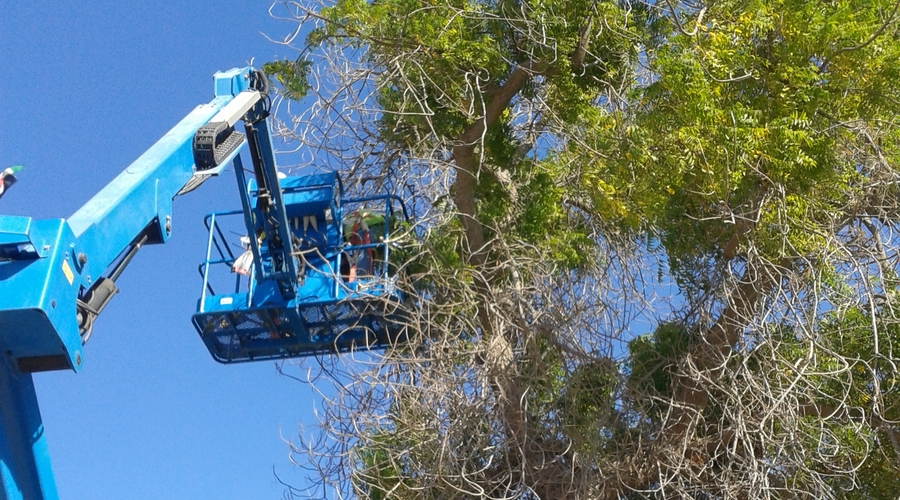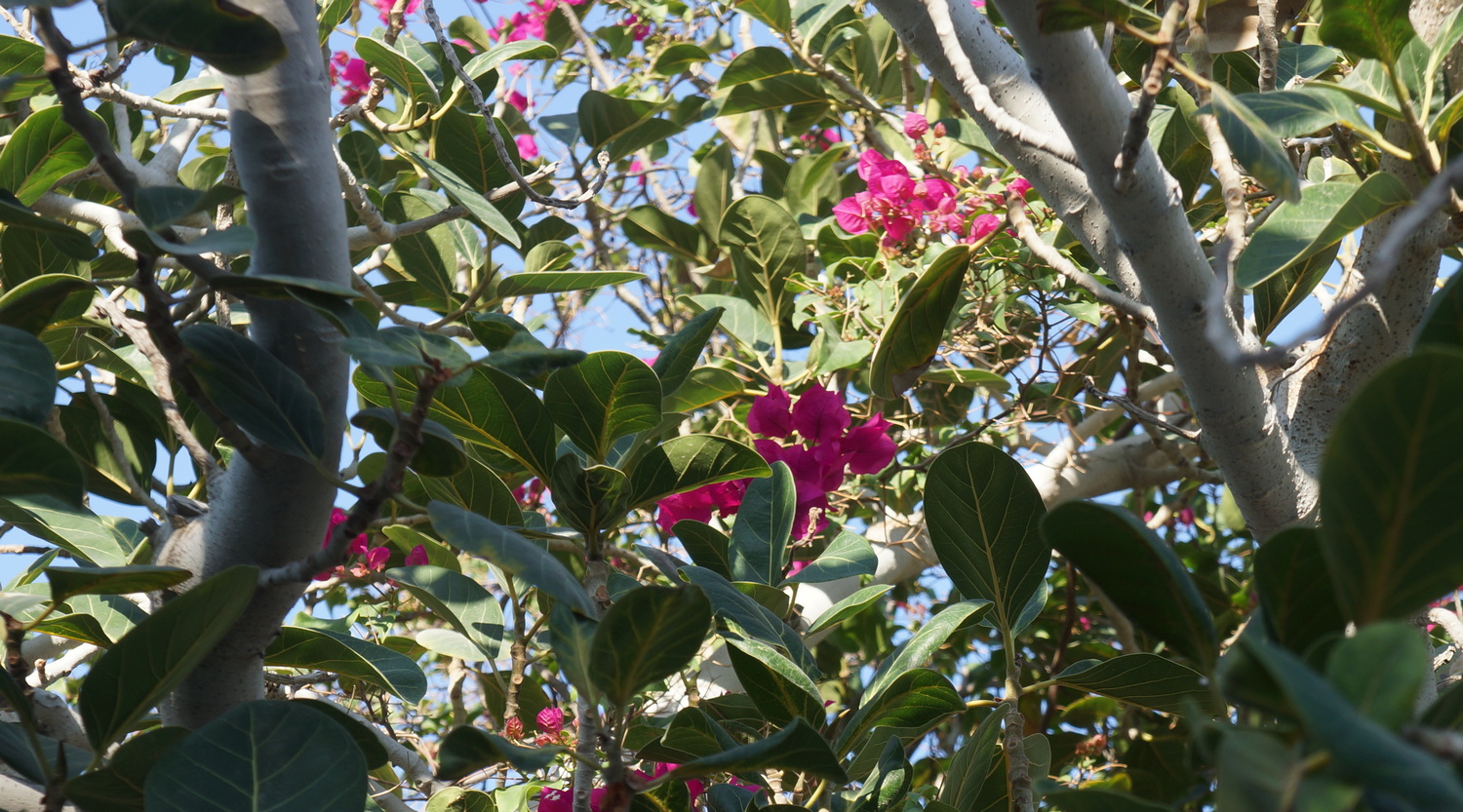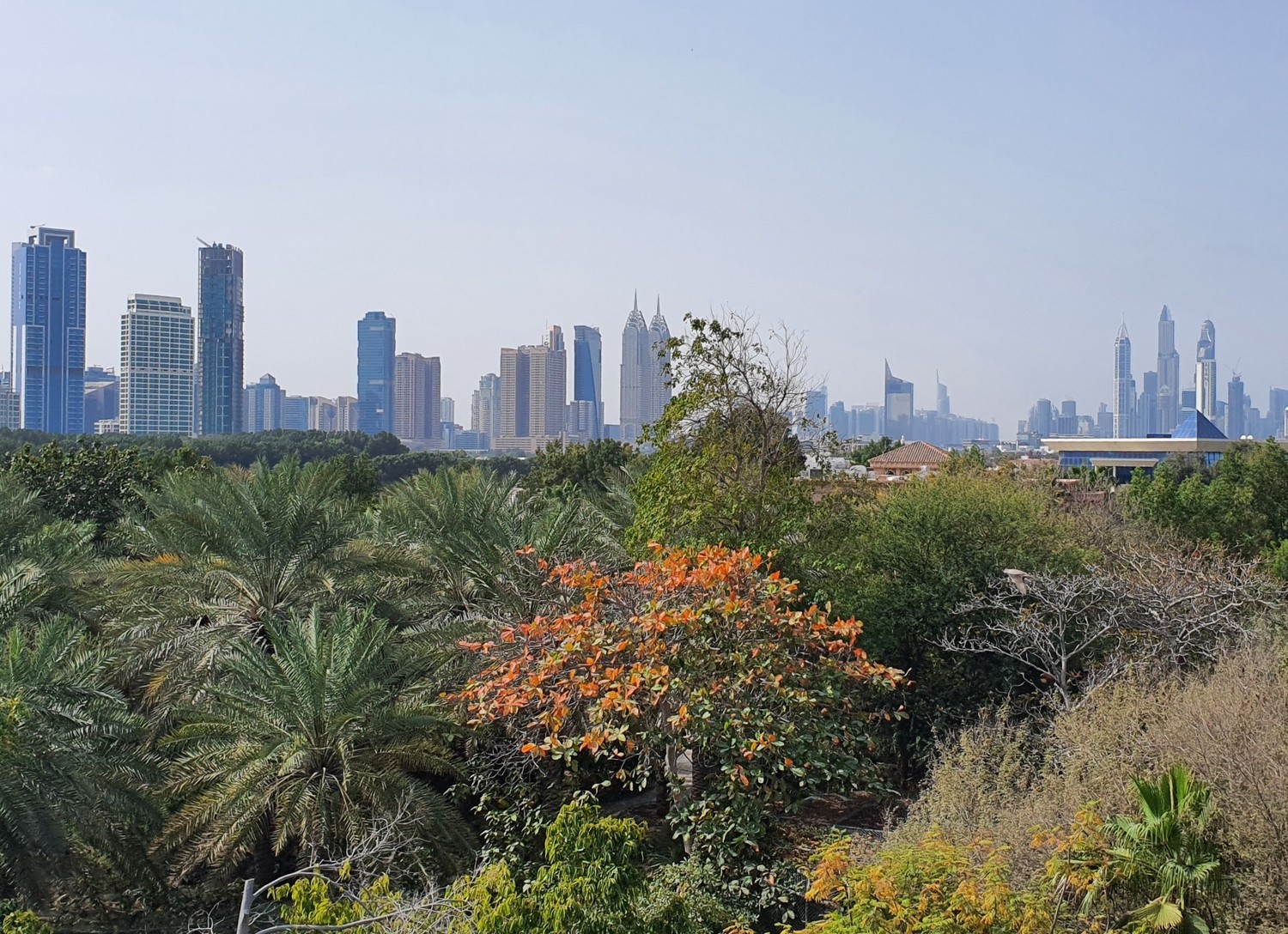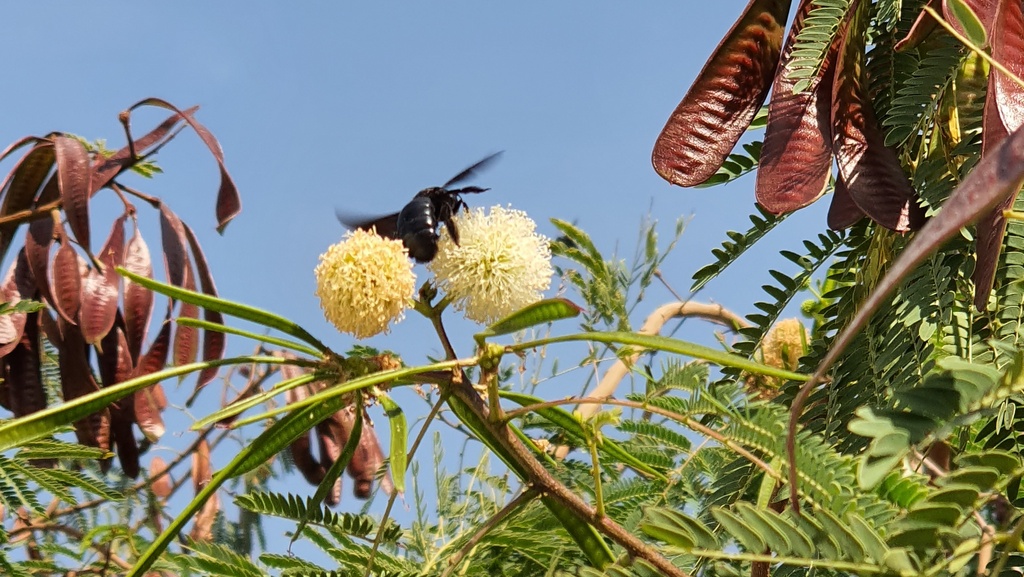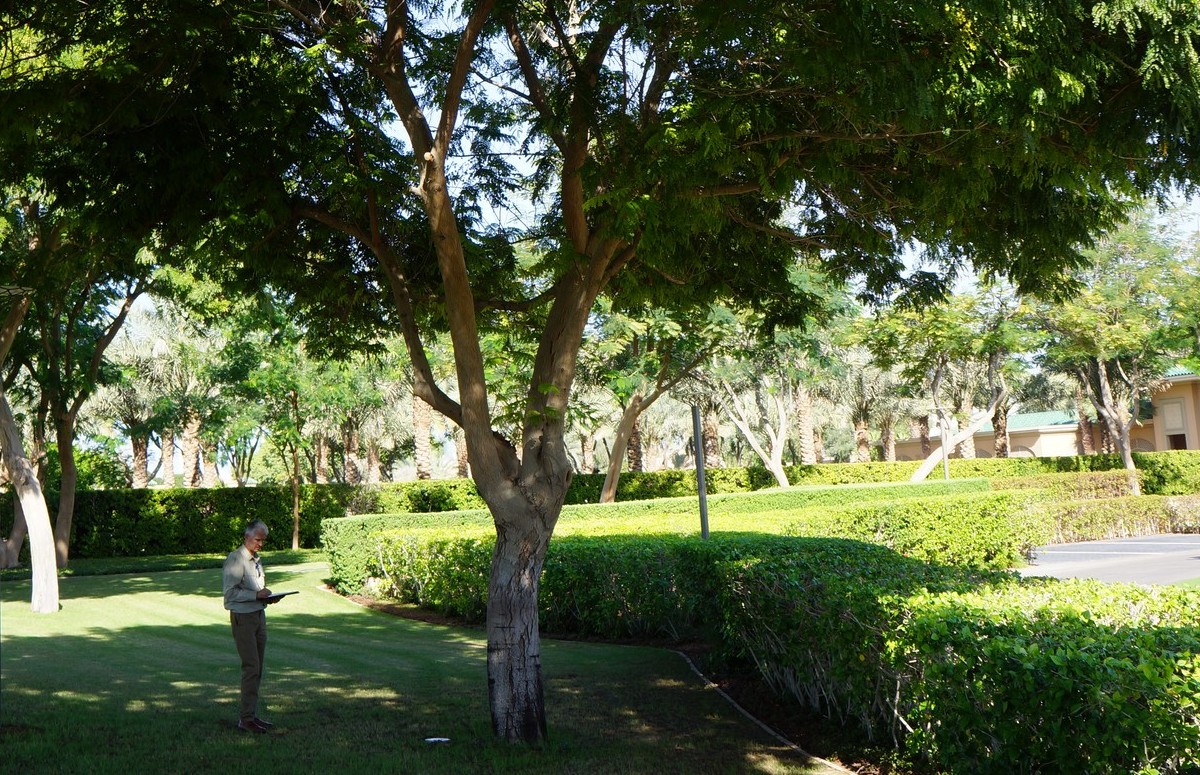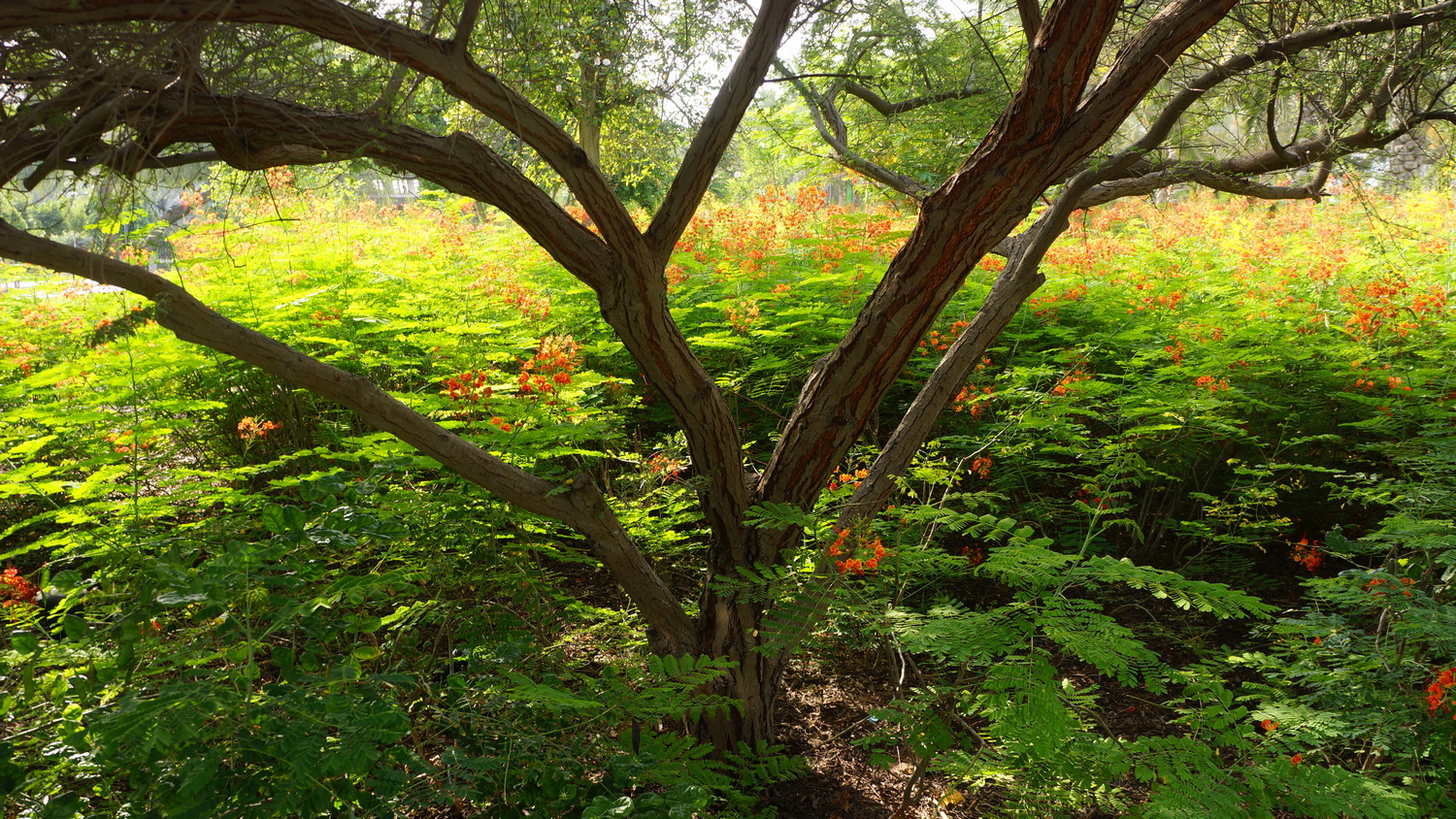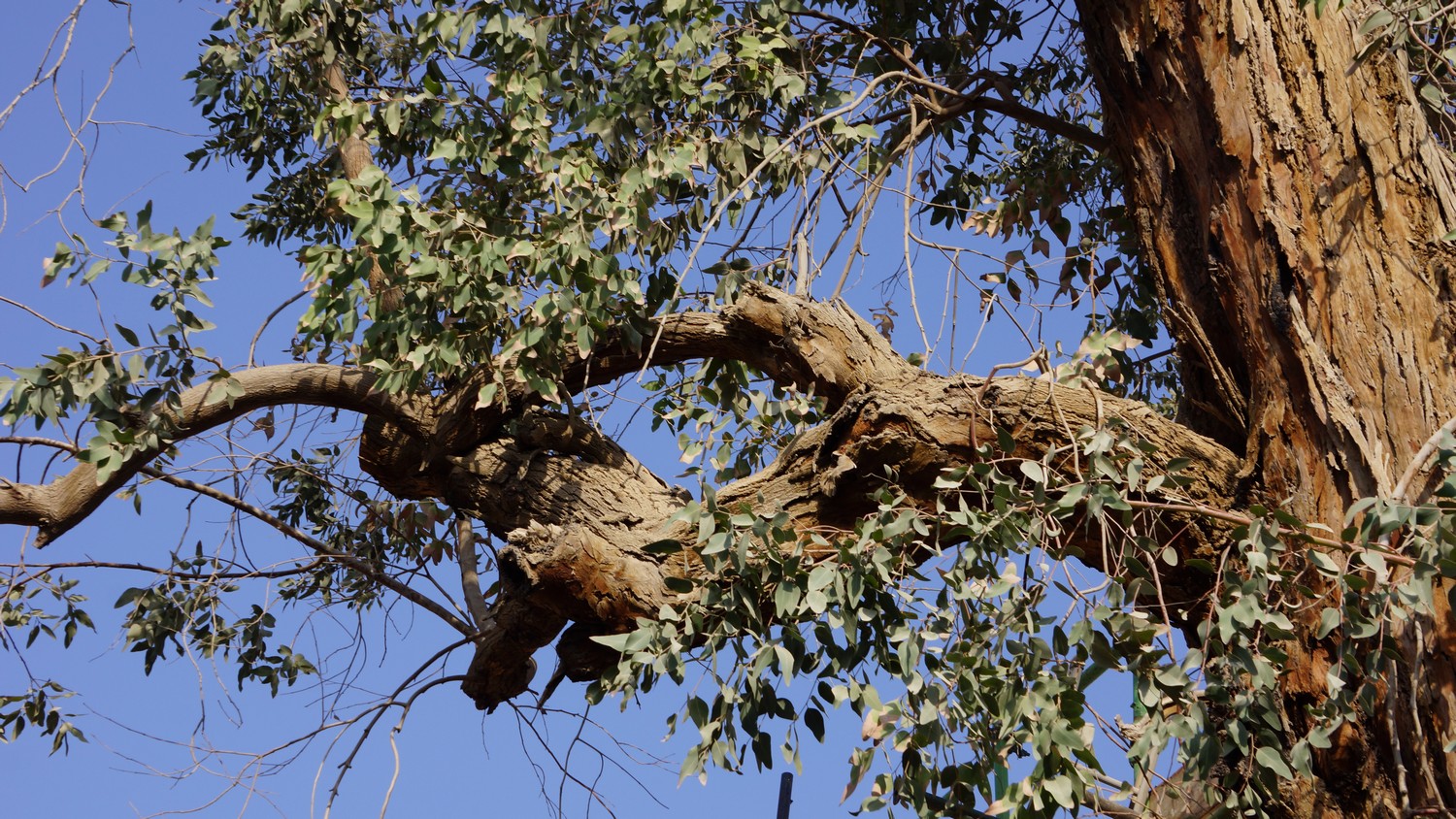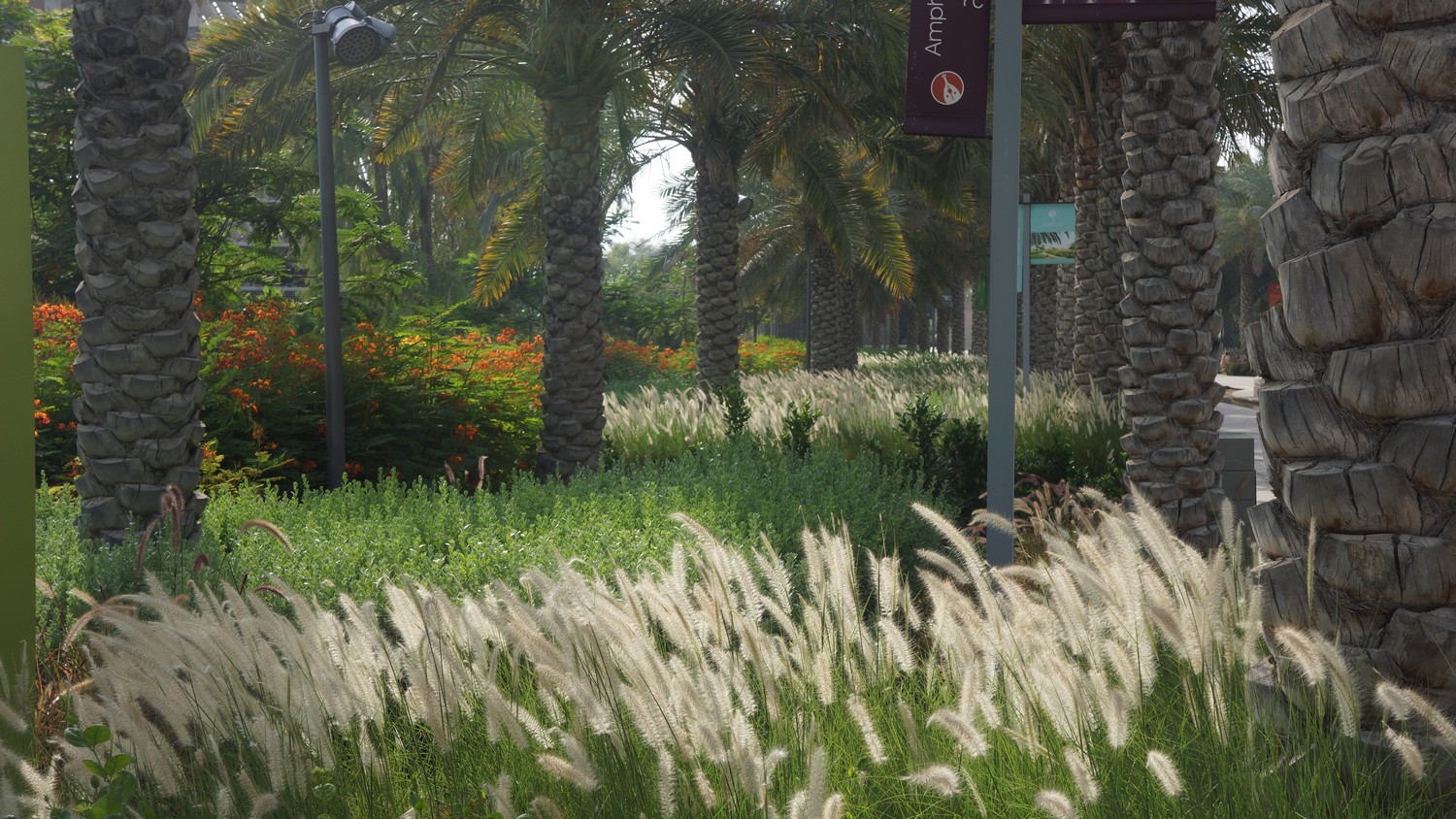I’ve been using Instagram on my main account (Mark Laurence Design) but now have one dedicated […]
On this last day of the year, it’s wet and dull outside here in the UK, […]
Due to the on-going Covid 19 pandemic I will not be travelling to the UAE (or […]
If you need help or advice with your trees, I will be visiting Dubai for the […]
Landscapes are all about creating micro-climate, or would be, if designed for that goal. Why is […]
I recently supervised a major crown reduction on an over-mature Eucalyptus on an historic site in […]
On my latest visit to the UAE I had a number of tree-related experiences. In Dubai, […]
